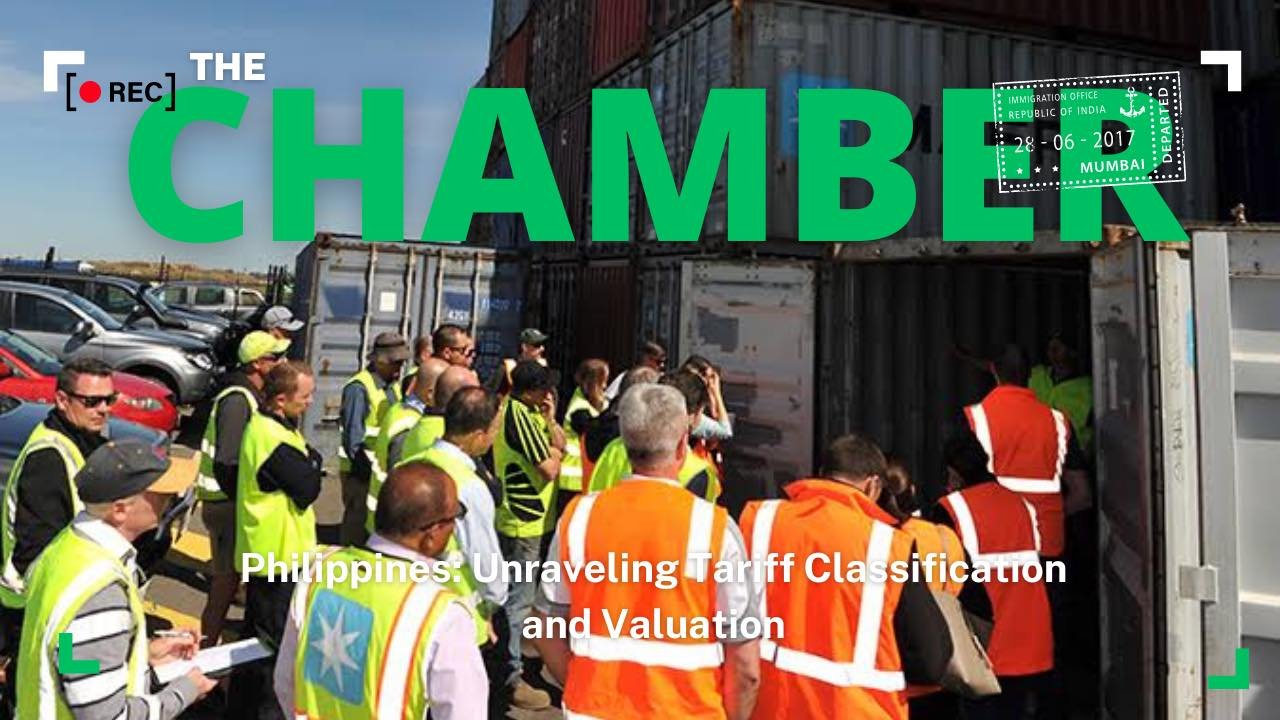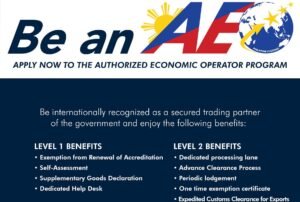Navigating the complexities of customs regulations is crucial for businesses engaged in international trade. Among the myriad regulations, tariff classification and valuation stand out as fundamental processes that directly impact customs duties and taxes. In the Philippines, understanding these guidelines is essential for customs brokers, importers, and exporters to ensure compliance and facilitate smooth customs clearance procedures. This blog aims to shed light on the process of tariff classification and valuation in the Philippines, providing clarity on determining the correct tariff code for imported goods and calculating the dutiable value for customs purposes.
Classifying goods for export is crucial for two main reasons: regulatory compliance and logistical efficiency. First, it ensures adherence to diverse customs regulations worldwide, ensuring correct application of duties and taxes. It also helps navigate export controls, identifying whether licenses or permits are needed for restricted goods. Second, proper classification facilitates accurate completion of export documentation and guides appropriate handling and transportation, minimizing risks and ensuring timely delivery. Overall, classification ensures legal compliance, smooth customs procedures, and efficient logistics for exporting goods globally.
Understanding Tariff Classification:
Tariff classification involves assigning a specific code to imported goods based on the Harmonized System (HS) established by the World Customs Organization (WCO). The HS is a standardized system used globally to classify products for customs purposes. In the Philippines, the Bureau of Customs (BOC) is responsible for implementing the HS and determining the applicable tariff rates.
Subscribe to the MyCCBI365 newsletter
Key Steps in Tariff Classification:
Product Identification: The first step is to accurately identify the imported product and its characteristics, including composition, function, and intended use.
HS Code Determination: Next, determine the appropriate HS code that best describes the imported product. The HS code consists of a series of numbers and is organized into chapters, sections, and headings based on product categories.
Reference Materials: Utilize various resources, including the Philippine Tariff and Customs Code, customs rulings, explanatory notes, and classification databases provided by the Bureau Of Customs, to assist in determining the correct HS code.
Consultation: In cases of uncertainty or complexity, customs brokers and importers may seek clarification from the BOC or Tariff Commission for assistance.
Valuation Guidelines: Valuation is the process of determining the dutiable value of imported goods for customs purposes. The dutiable value serves as the basis for calculating customs duties, taxes, and other charges applicable to imported goods.
Key Considerations in Valuation:
1. Transaction Value: The primary method for determining the dutiable value is based on the transaction value, which is the price actually paid or payable for the imported goods when sold for export to the Philippines, adjusted for certain specified costs and expenses.
2. Valuation Methods: In cases where the transaction value cannot be determined or is deemed unreliable, the BOC provides alternative valuation methods, including the transaction value of identical or similar goods, deductive value, computed value, and fallback methods.
3. Documentation Requirements: Importers are required to provide supporting documentation, such as commercial invoices, shipping documents, contracts, and payment records, to substantiate the declared value of imported goods.
4. Customs Audit and Verification: The BOC may conduct post-entry audits or verification procedures to ensure the accuracy and validity of the declared value and may adjust the dutiable value based on the findings of the audit.
Conclusion: Tariff classification and valuation are integral aspects of customs compliance and trade facilitation in the Philippines. By understanding the process and adhering to the guidelines set forth by the BOC, customs brokers, importers, and exporters can minimize risks, avoid penalties, and expedite customs clearance procedures. Stay informed about updates and changes in tariff classification and valuation guidelines to ensure ongoing compliance and operational efficiency in international trade transactions.
Prof. Rod Villanueva, eMba, Lcb









